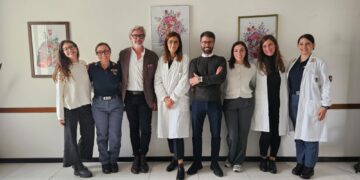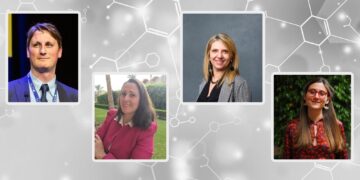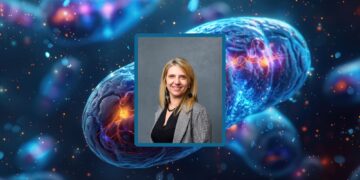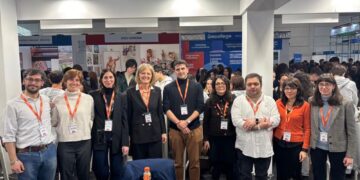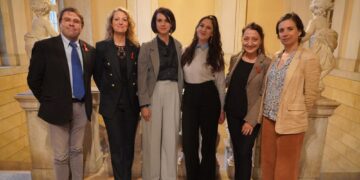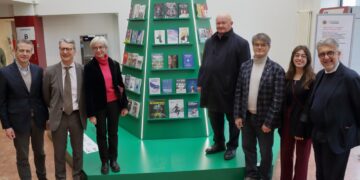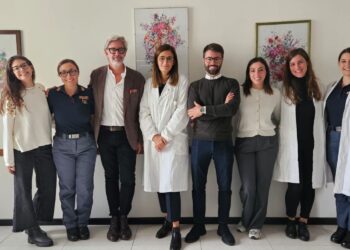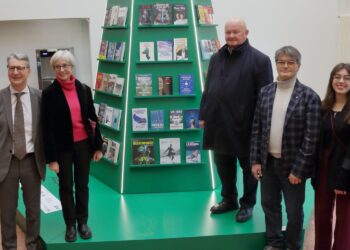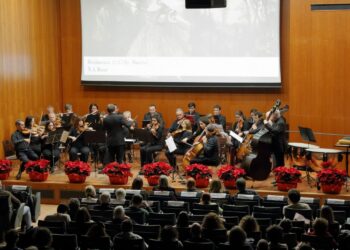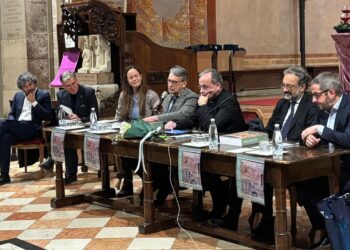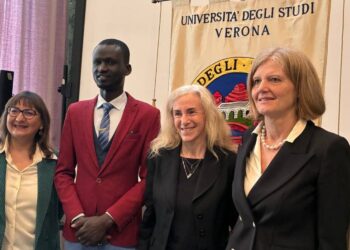Sickle cell disease (SCD) – which is the most common red cell monogenic disorder – is worldwide distributed in endemic areas for malaria. Migratory movements from areas such as Sub-Saharan Africa have increased its spread all over Europe, emerging as a real problem for health systems. With regard to patients with SCD, the latest developments in the field of gene therapy, i.e. the process of inserting DNA into a patient’s cells as a drug to treat disease, have led to increased focus on the possibility of transplanting engineered stem cells even in SCD. The Authors show abnormalities in bone marrow niche in humanized SCD mice, which can be normalized by chronic blood transfusions.
The high impact factor journal “Blood” has recently published the study entitled “Pathologic angiogenesis in the bone marrow of humanized sickle cell mice is reversible by blood transfusion”. The study is the result of a collaboration between the research team of the University of Verona – comprised of Lucia De Franceschi, Professor of Internal Medicine, andAlessandro Matte, Carmine Carbone, Davide Melisi, and Wilson Babu Anand, PhD student and holder of a scholarship awarded by Fondazione Cariverona – and the American research team from Harvard Medical School-Boston Children’s Hospital directed by Leslie E. Silberstein, expert in bone marrow niche and stem cells, with Shin-Young Park.
The high impact factor journal “Blood” has recently published the study entitled “Pathologic angiogenesis in the bone marrow of humanized sickle cell mice is reversible by blood transfusion”. The study – which is the result of a collaboration by the research team of the University of Verona comprised of Lucia De Franceschi,Professor of Internal Medicine, andAlessandro Matte, Carmine Carbone, Davide Melisi, and Wilson Babu Anand, PhD student and holder of a scholarship awarded by Fondazione Cariverona –and American research team from Harvard Medical School – Boston Children’s Hospital, directed by Leslie E. Silberstein, expert in bone marrow niche d stem cells , with Shin-Young Park.
“This research has shown how it is possible to normalize the pathological and inhospitable environment that forms in the vascular bone marrow niche of sickle-cell disease patients through chronic blood transfusions over a period of 6 weeks, thus ensuring a reduction in Sickle haemoglobin (HbS)”, explains De Franceschi. “This pathological environment may contribute to the onset of episodes of local thrombosis associated with a strong inflammatory response that exacerbates the damage. From the perspective of the gene therapy approach, this means creating a hospitable environment for engineered stem cells to ensure a successful transplant, and the patient’s clinical recovery. The study made use of a mouse model, which allowed us to deepen our knowledge of the mechanisms of organ damage that characterize this chronic disabling disease, which still has a high mortality rate”.
The journal “Blood” published on its front page one of the images from the study, thus giving greater visibility to the work of the team of the University of Verona, and reflecting the quality of the University’s research.
“This research has also allowed us to outline possible biomarkers potentially useful in the selection of patients candidate for gene therapy, and for the development of clinical protocols to prepare patients for gene therapy or stem cell transplantation, maximizing the results and improving survival rates”, concludes De Franceschi.
